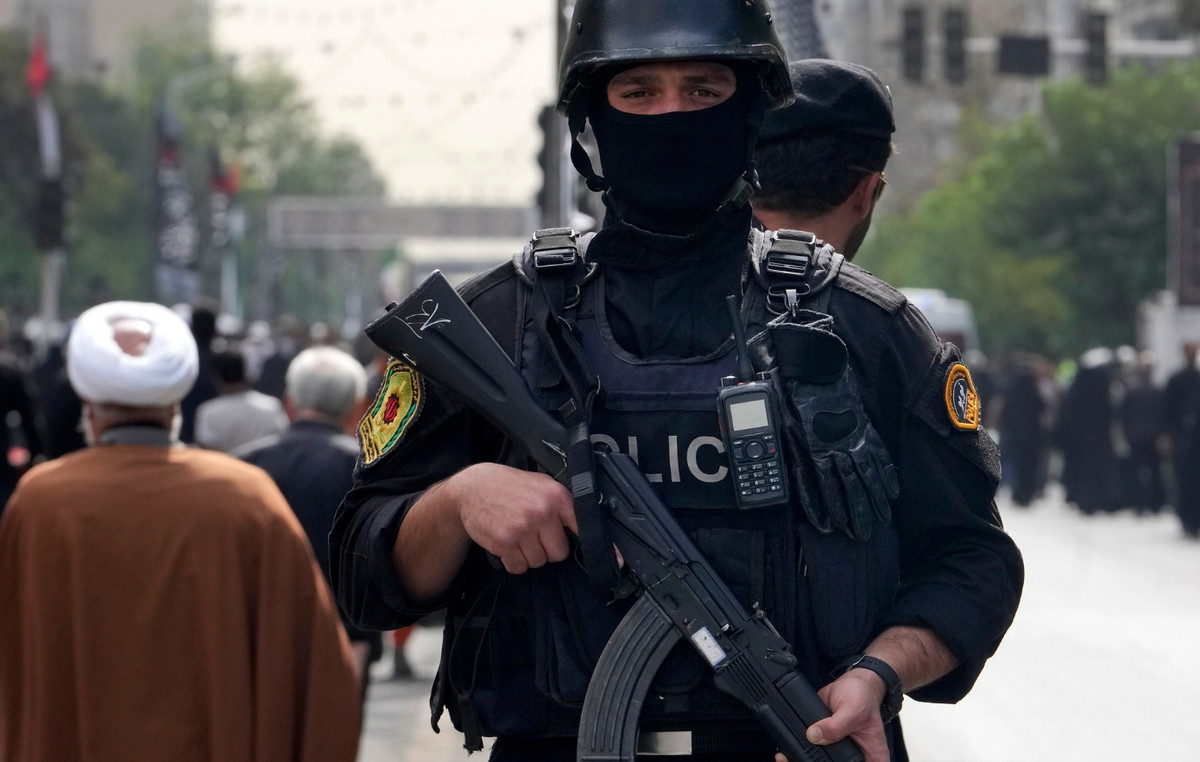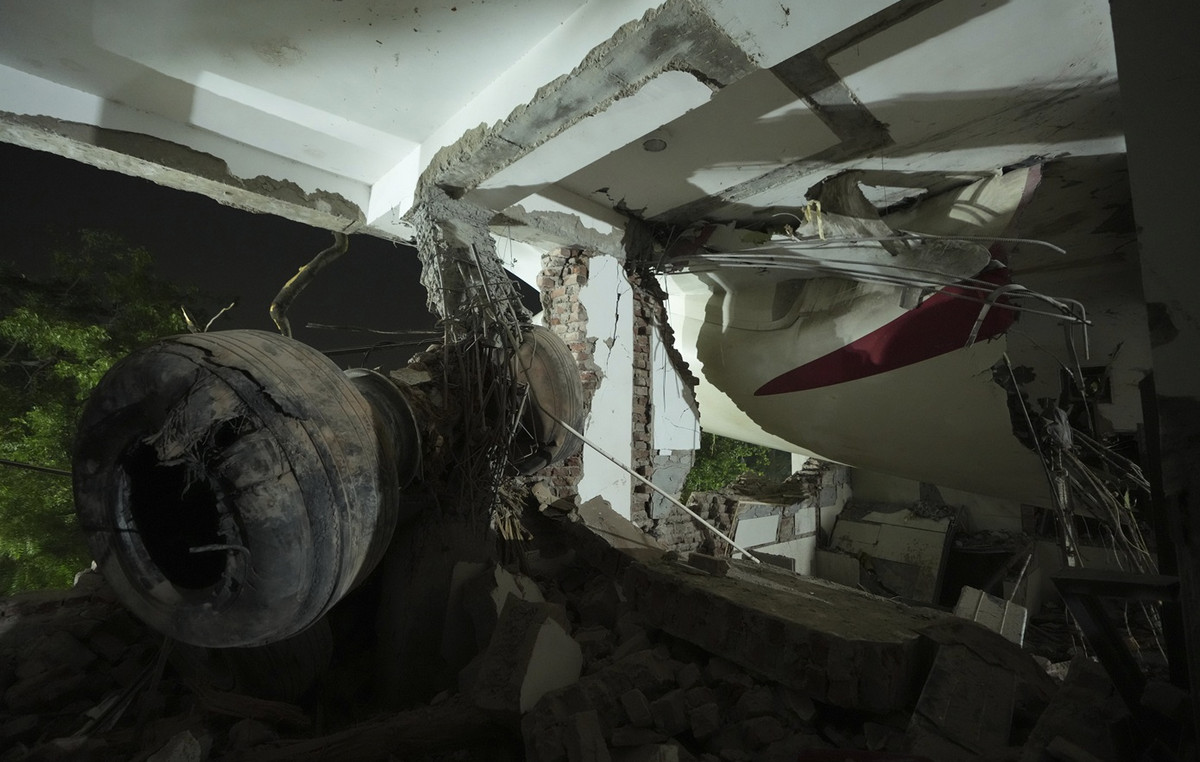Sentences that blame the victims continue to pour into courtrooms, an emblem of a justice system incapable of dealing with gender violence.
But what exactly is secondary victimization? What has been done to combat it and what more can be done? We talk about “secondary victimization” when a person who has suffered violence – which we can define as “primary” – relives the trauma or suffers further violence from other subjects other than the perpetrator of the primary violence.
Sometimes, this affects minor victims or men (perhaps due to false accusations received), but in most cases it concerns women and this is what we will talk about.
Unfortunately, this happens precisely when the victim chooses to report it, to ask for help to get out of it. Already in 2006, the European Commission had defined secondary victimization as that «which does not occur as a direct consequence of the criminal act, but through the response of institutions and individuals to the victim”.
In essence, the same authorities called to repress the violent phenomenon do not recognize it, they underestimate it and do not take the necessary measures to protect the victim.
But secondary victimization can also occur in newspapers, in the social context, on socialby the police and social services, in hospitals and even by the victim’s family.
It is secondary victimization to say that the victim of violence “went looking for it” or reported it late or is responsible for the rape due to the clothes he was wearing, his sexual habits or because he made videos on Tik Tok with obscene songs or because he was under the influence of substances. Just as it is secondary victimization to spread or publish images and videos of the violence suffered by the victim.
In fact, secondary victimization shifts attention from the aggressor to the victim: the person who suffered the violence is held responsible in some way, as if the abuse were a direct consequence of his behavior and no longer just the conduct of the violent person.
The tragedy of secondary victimization is that it instills a deep sense of distrust in institutions. Women do not report because they are afraid of not being believed, of not being protected and of suffering social lynching.
It is enough to cite the truly surreal reasons for some acquittal sentences for crimes of sexual violence to understand how strong secondary victimization is in criminal trials.
In 2022, the Court of Appeal of Turin acquitted a man because it considered that the ajar door left by the girl was “an invitation to dare”.
The Court of Appeal of Ancona, with a decision which fortunately was overturned by the Supreme Court, had acquitted two men for sexual violence against a girl because she was too “masculine” and, therefore, “not attractive enough” for her to reconstruction of the rape was credible.
Or again, still in Turin, in 2017, a woman’s report of rape was not deemed credible because the victim “had said enough, but had not screamed”. Saying “enough” was not considered sufficient by the judges to talk about sexual violence.
Sentences like these demonstrate how what was really judged in those trials was not so much the conduct of the aggressor, but that of the victim. What did the victim do to find herself or to avoid being in the position of being raped? How was she dressed? What did you do to provoke your attacker? What was your lifestyle that led you to find yourself in that situation?
In short, the victim is called to exonerate himself or to prove that he was actually raped!
Judges of merit often do not apply the teachings of the Supreme Court. An example: nn 2022, the Court of Busto Arsizio acquitted a man accused of having harassed a woman during a work meeting because she had not immediately expressed her dissent. During the meeting, the man had suddenly closed the door and, after approaching the victim from behind, had kissed and massaged her neck, and then touched her breasts until he put his hands in her underwear. The woman’s reaction came just 20-30 seconds later, when, having overcome her fear and dismay, she found the courage to tell him to stop. Indeed, the sentence states that the man could not have perceived expressions of annoyance on the woman’s face having grabbed her from behind!
The Court acquitted because the woman had not expressed her dissent quickly enough, as if there was a presumption of consent to sexual acts that the victim, from time to time, is called upon to deny. That is, we arrive at the paradox whereby it is those who suffer theadvances who must prove that he resisted the sexual acts, and very quickly indeed!
But the Supreme Court, in recent years, has overturned the presumption of consent of the victim, stating that the criminal relevance of an imposed sexual act disappears only in the presence of “clear and unambiguous signs” of consent on the part of the person receiving the attention.
And it is in this direction that investigations and trials should go.
Distinguished jurists such as Prof. Tullio Padovani believe that secondary victimization arises precisely from the law and, in particular, from the wording of the art. 609-BIS code pen., according to which the crime of sexual violence occurs every time the victim has been «forced” with «violence or threat”.
Therefore, the victim’s dissent is not enough, but his effective coercion is also necessary. This means that, according to the literal interpretation of the law, in all cases in which the victim has said “no” to sexual intercourse without offering active resistance, the crime of sexual violence is not considered. This is absurd: let’s think of all the cases in which the victim does not want the sexual act, but does not react for fear of provoking even more violent reactions from the perpetrator. Fear paralyzes.
Nevertheless, this article of the penal code allows you to shift your gaze from the aggressor to the victim: thus indirect blame is created of the victim who is accused of not having reacted, of not having shouted more, of having put herself in certain situations.
All this could be avoided reforming the art. 609-BIS cp, which should simply punish those who carry out sexual acts with a person who «doesn’t allow you”. This would also allow us to condemn all those who took advantage of the victim’s state of intoxication or substance abuse, because those who are impaired are incapable of expressing valid consent.
The European Court of Human Rights has condemned Italy several times for the language and arguments used in sexual violence sentences, in particular stigmatizing the reference to aspects of the victim’s private life which are completely irrelevant for the evaluation of her credibility and, therefore, for the purposes of the decision. Dignity, image and privacy of the victim can also be violated through the disclosure of information and personal data unrelated to the facts.
An example: in one case, the European Court condemned several passages of a sentence of the Court of Florence which had referred to the victim’s bisexuality and her occasional romantic and sexual relationships before the facts at issue in the trial, stating that the victim had a «non-linear» life. According to the European Court, all these comments are “deplorable” and “out of place” because they are not useful for establishing the facts. Instead, for the purposes of evaluating the credibility of the victim, it was certainly important to refer to the existence of previous relationships between the victim and the accused.
Too often, however, we read in the sentences completely inappropriate and superfluous comments on aspects of the victim’s family life, on his romantic relationships, on his sexual orientation, on his clothing preferences.
Violent people almost always defend themselves by throwing mud at the victim, but judges cannot endorse these defensive strategies.
Even in separations the risk of secondary victimization is very high. There are still too frequent cases in which the violence of a partner towards the other is mistaken for “couple conflict”: spouses are put on the same level, unfairly equalized even when the aggression is one-way. Psychological and economic violence is downplayed or not recognized at all.
Although the report of the parliamentary commission of inquiry into feminicide affirmed the principle according to which the parent investigated and convicted for crimes of violence cannot be considered an adequate parent like the one who suffered the violence,Often mothers who are victims of violence and ask for exclusive custody of their children and protected meetings of their minor children with their violent father risk being judged as alienating mothers. and to have their children entrusted to Social Services. And so not even children, victims of direct or witnessed violence, are protected.
But there are also violent mothers and, unfortunately, they are on the increase: those who prevent their children’s relationships with their fathers, those who manipulate and exploit their children for economic objectives or personal revenge against the partner from which they were left. They too are executioners and often go unpunished, despite causing enormous damage to their children. In these cases, the secondary victimization of fathers takes place who report these forms of violence against their children and are not believed or judged to be quarrelsome. .
The Cartabia Reform, implementing the Istanbul Convention of 2011, has prohibited mediation paths in all cases in which there are crimes linked to family abuse or violent conduct domestic or gender-based acts carried out by one party towards the other or towards minor children. This is because you cannot mediate with a violent person: even the mediation table was transformed into a table of further victimization and humiliation of the weaker party.
Before the Reform, however, mediation was mandatory and if the victim objected, he was judged to be conflictual.
The Cartabia Reform also provided for the possibility for the judge to shorten the procedural deadlines in all family proceedings involving domestic or gender violence and to hold separate or remote hearings to avoid the parties meeting: unfortunately, sometimes threats, insults and intimidation are also perpetrated in courtrooms.
Reforms are very important, but they are not enough. Victimization is first of all a cultural fact: in our country violence and abuse are still very widespread because they are minimised, accepted as normal, justified.
We must start from the sentimental education of the new generations and aim to have effective institutions equipped with specialized personnel at all levels.
As clinicians teach us, the signs are always there, we must learn to recognize them to prevent violence.
Source: Vanity Fair
I’m Susan Karen, a professional writer and editor at World Stock Market. I specialize in Entertainment news, writing stories that keep readers informed on all the latest developments in the industry. With over five years of experience in creating engaging content and copywriting for various media outlets, I have grown to become an invaluable asset to any team.







